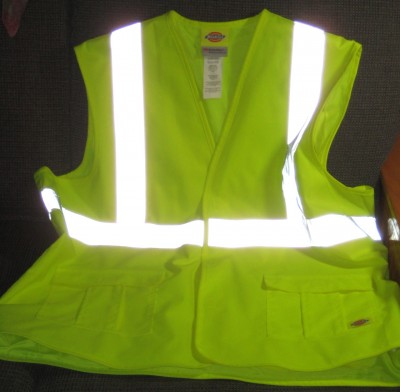As someone who’s written quite a bit about what’s a decent standard of living, I was intrigued by the post on the growing global middle class that Tobias Buckell just linked to in his post the exploding middle class to come. Toby includes a graph from the source article that shows a rapidly shrinking population of poor people, squeezed by modest growth in the rich combined with surging growth in the middle class.
I quickly clicked through to the source article, to see what their definition of “middle class” was, which turned out to be daily spending of between $10 and $100 per person.
Now, in a sense, that’s pretty reasonable. For a family of two that would multiply out to annual expenses between $7,300 and $73,000. At the low end there’s considerable overlap between “middle class” and “poverty” (the US Census Bureau has $13,991 as the poverty threshold for a family of two), but I think that’s fair: From a global perspective, just barely in poverty in the US probably counts as middle class.
But I know, from my own experience writing about our rising standard of living, that people have very strong feelings about these sorts of things. Would a couple getting by on $14,000 a year in the United States feel middle class? Some would. Some people, especially rural folks living a subsistence lifestyle, feel very strongly that they’re not poor, despite a money income below the official poverty threshold. But I don’t think that will be a typical response.
I wrote an article called “Our High, High Standard of Living,” that made the case that, just like in the 1950s, a working man could still support a family with just one income—as long as they lived at a 1950s standard of living. Full-time work at minimum wage would bring in just over $15,000 a year—not only solidly in “the middle class,” but comfortably above the poverty threshold. And yet, many commenters on that article suggested that it would be utterly impossible to support a family on that income.
My sense is that it would only be possible to live a middle-class lifestyle on $14,000 to $15,000 per year under very specific (very lucky) circumstances. At a minimum, you’d have to live in an inexpensive part of the country and you’d have to find unusually cheap housing close enough to where you worked that you wouldn’t need a car. You’d also have to be young and healthy. (My wife and I would qualify as part of the global middle class just on our health insurance spending. But if we had no money for food or a place to live, we wouldn’t feel very prosperous.)
I think this order-of-magnitude spending range for “the middle class” is also at the heart of Toby’s deeper issue—whether or not a rising middle class is good for the planet.
If we see surging growth in households moving out of poverty into the lower end of this range—able to spend $7,000 to $14,000 a year ($10 to $20 per day per person)—we’re likely to see some positive effects. People with that sort of income are in a position to say no to the most pernicious efforts to turn their neighborhoods into dumping grounds for toxic waste, to insist on some level of protection for nearby natural areas, and so on. But if we see surging growth in households moving into the upper reaches of middle class—able to spend $70,000 a year or more—I think we’re in big trouble.
Those people are going to want cars.


